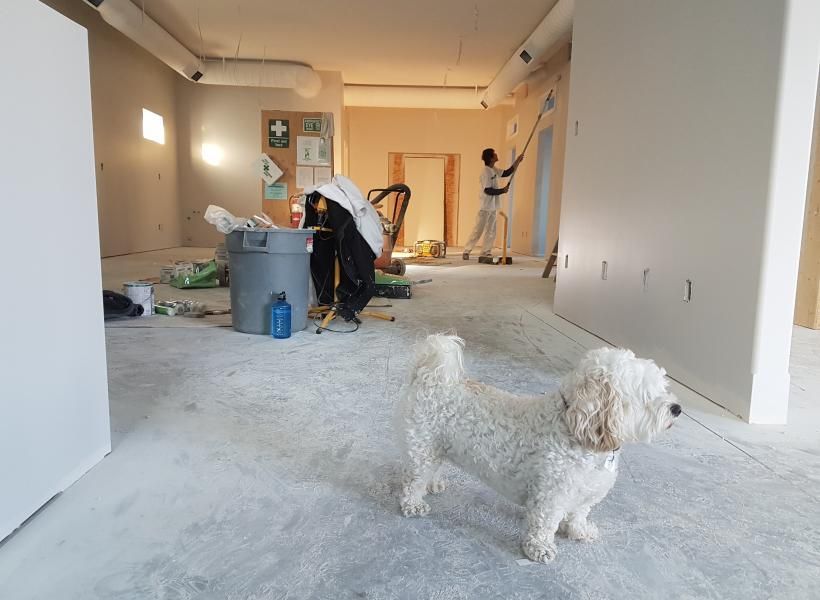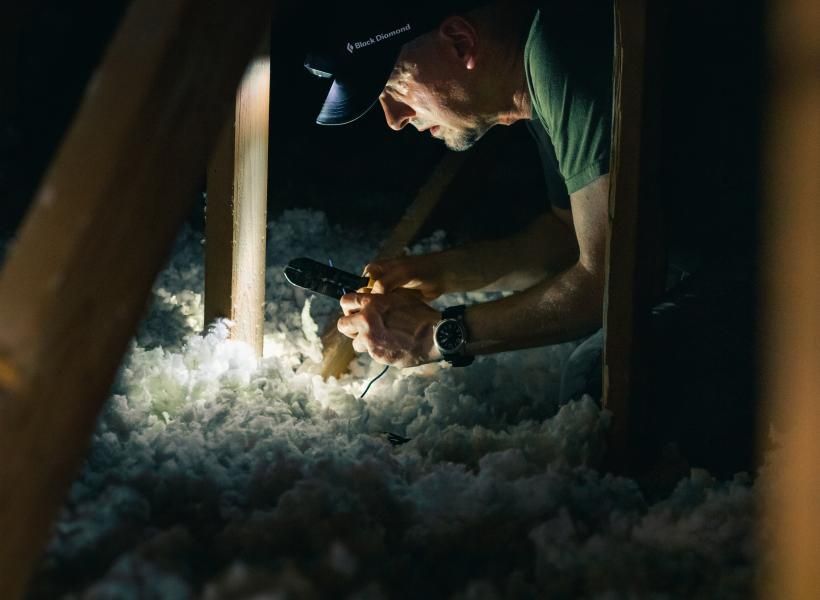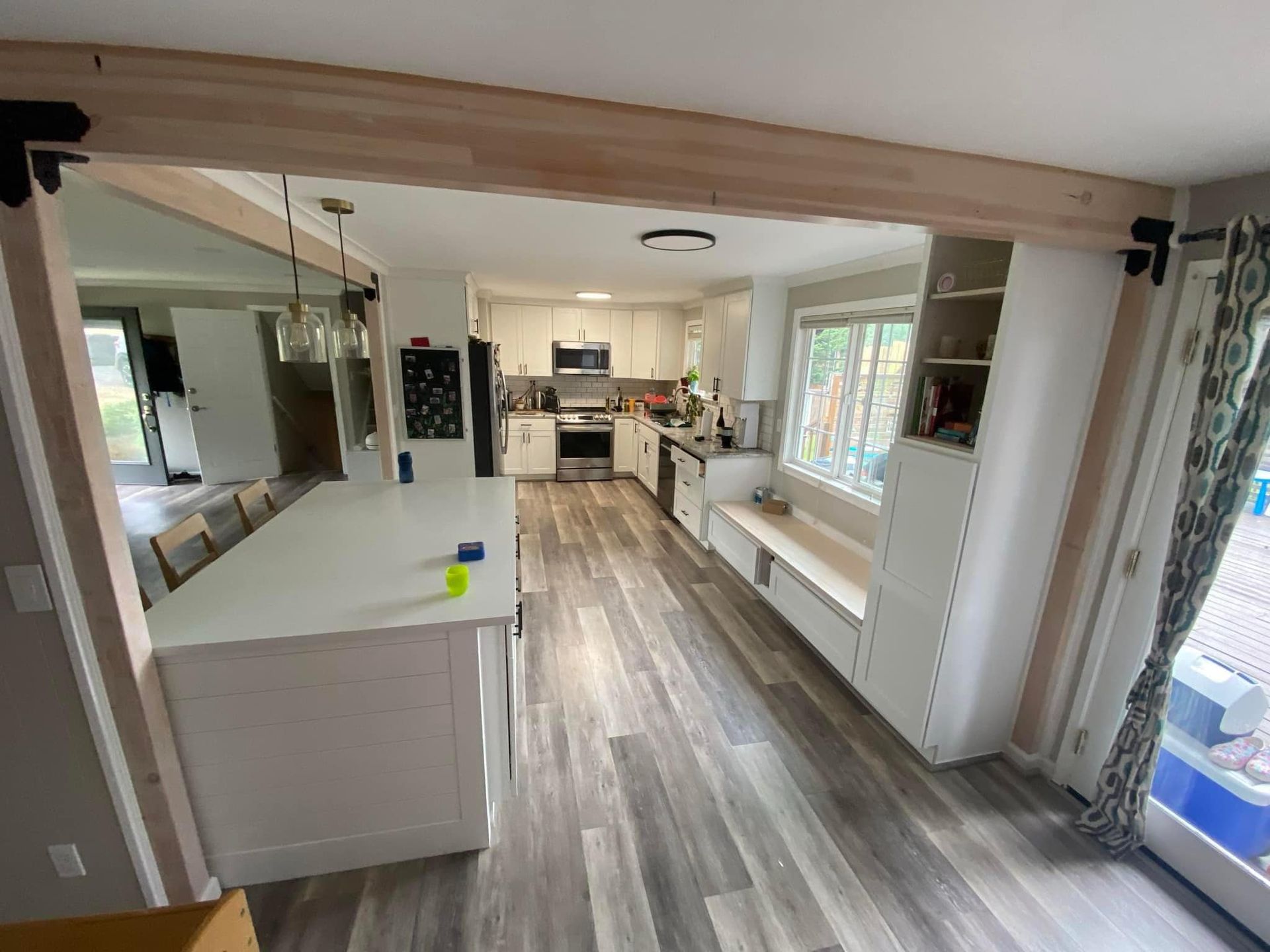Post Title

If you're building a new addition to your home, adding a primer should be a crucial step in the process. A primer is a preparatory coating that's applied to a surface before paint is added. It helps to create a smooth and consistent surface, prevent stains from bleeding through, and improve the adhesion of the paint. Here are some reasons why adding primer to your new addition is a must.
Sealing the Surface
Before you apply paint to any surface, it's essential to make sure that it's clean, smooth, and free of any imperfections. Even with new additions, there can be small imperfections such as tiny cracks or gaps that can cause problems later on. A primer can help to seal the surface and prevent any moisture or air from seeping in, which could lead to paint problems or even mold growth.
Better Adhesion
Primer also helps to improve the adhesion of the paint. When applied to a surface, it creates a bonding layer that helps the paint stick better. Without a primer, the paint may not adhere properly to the surface, causing it to flake or peel over time. This is especially important when you're painting over materials such as wood or drywall, which can be porous and difficult to cover without a primer.
Stain Blocking
Another important benefit of primer is that it can help to block stains from bleeding through the paint. This is particularly useful if you're painting over a surface that has been previously stained or has water damage. Without a primer, the stain may seep through the paint, causing unsightly discoloration. A primer can help to prevent this by creating a barrier between the stain and the paint.
Saves Time and Money
Adding primer to your new addition can also save you time and money in the long run. By creating a smooth and consistent surface, you'll need fewer coats of paint to achieve the desired finish. This means less time spent painting and less money spent on paint.
Overall, adding primer to your new addition home is a crucial step in the painting process. It helps to create a smooth and consistent surface, improve adhesion, prevent stains from bleeding through, and ultimately save you time and money. So, don't skip this important step when you're ready to paint your new addition.




















